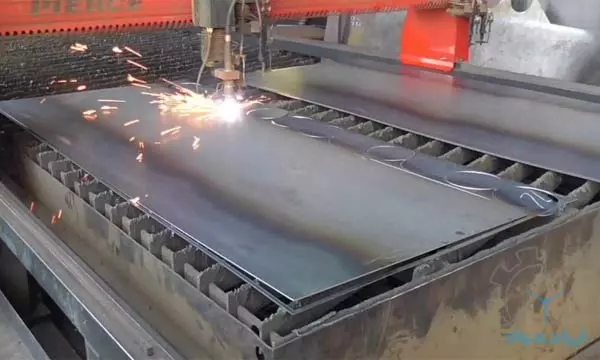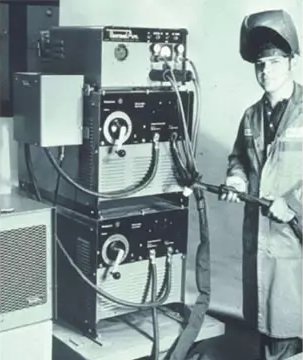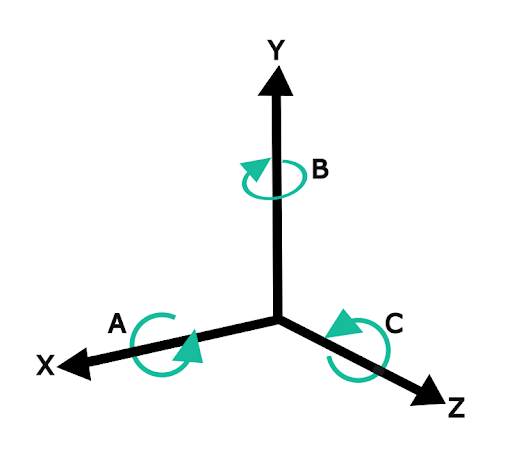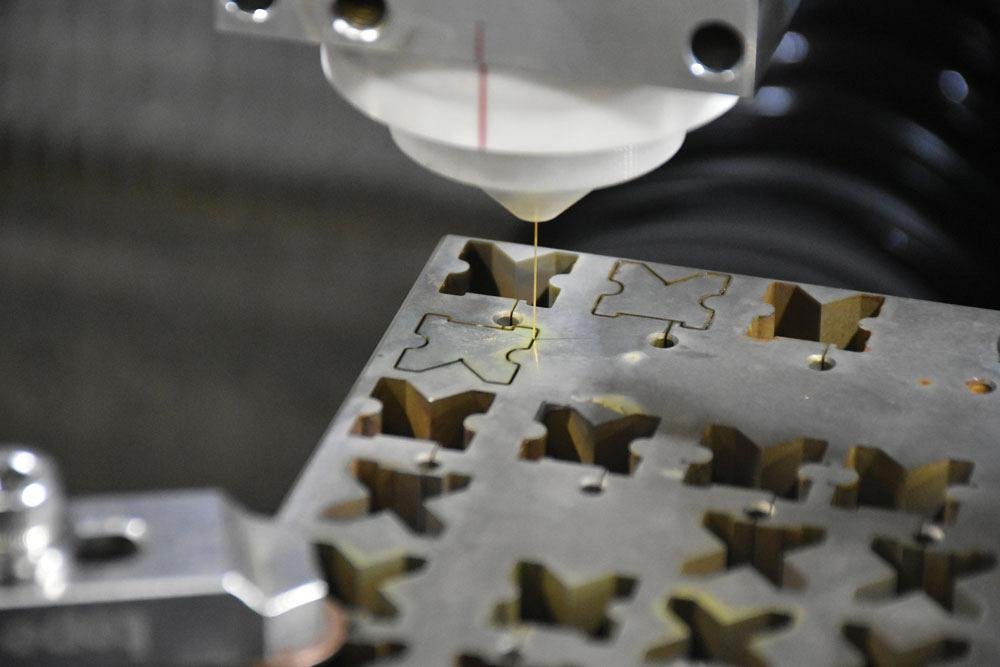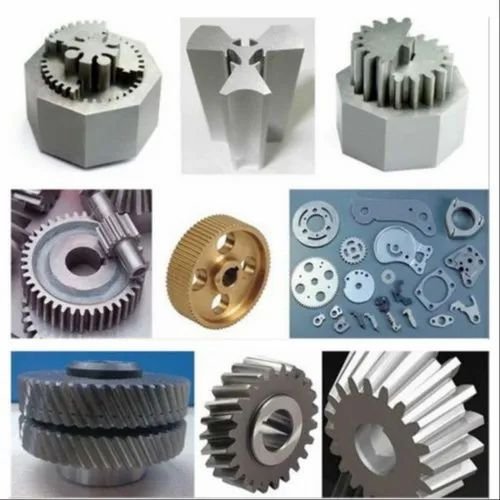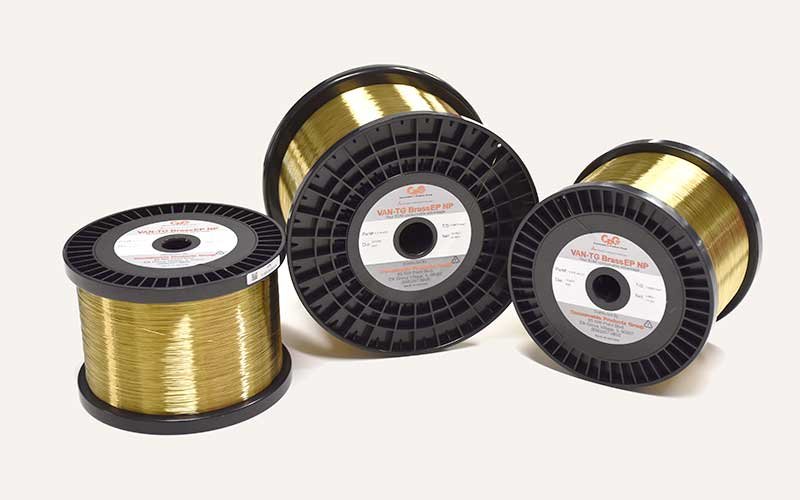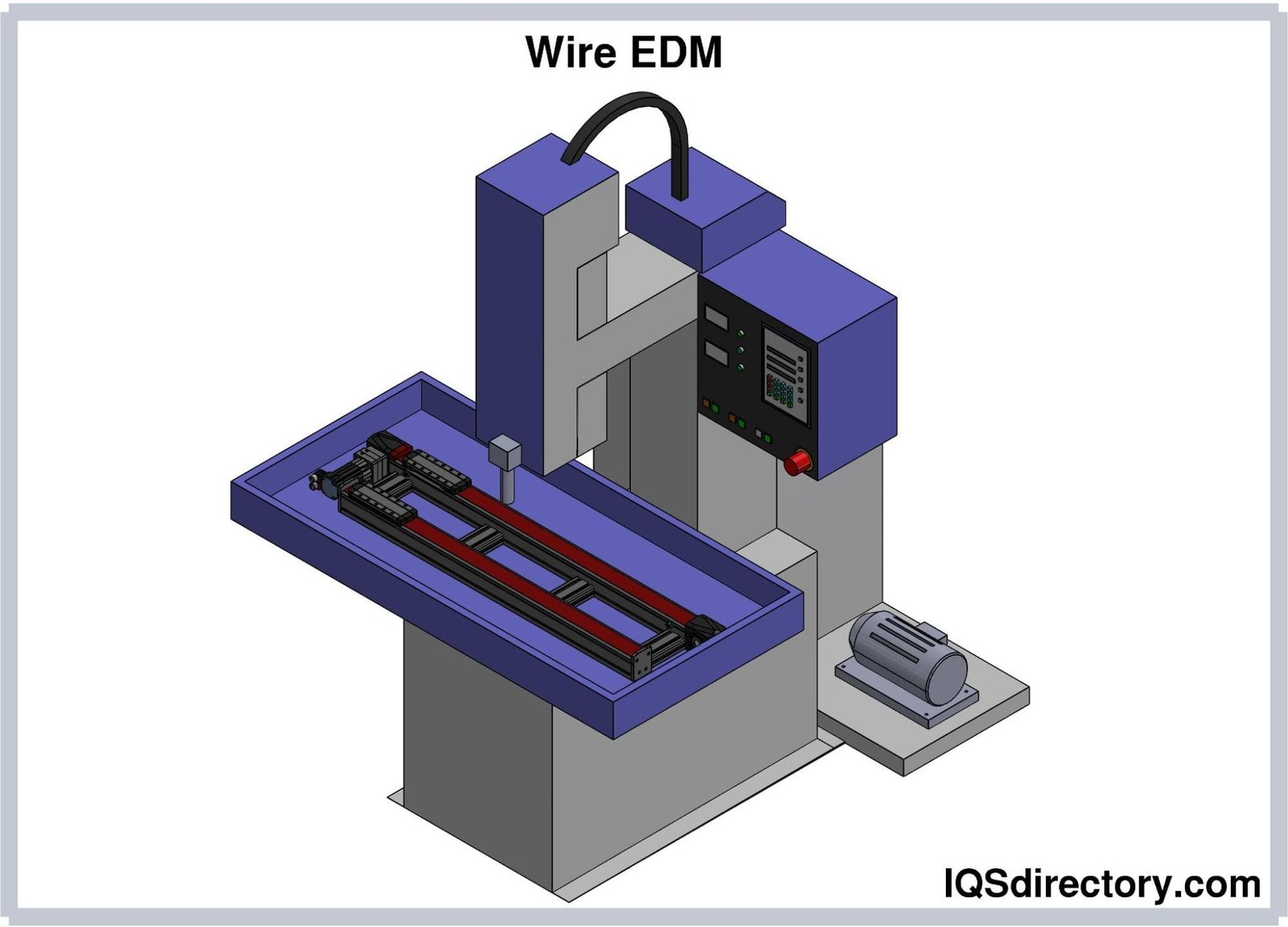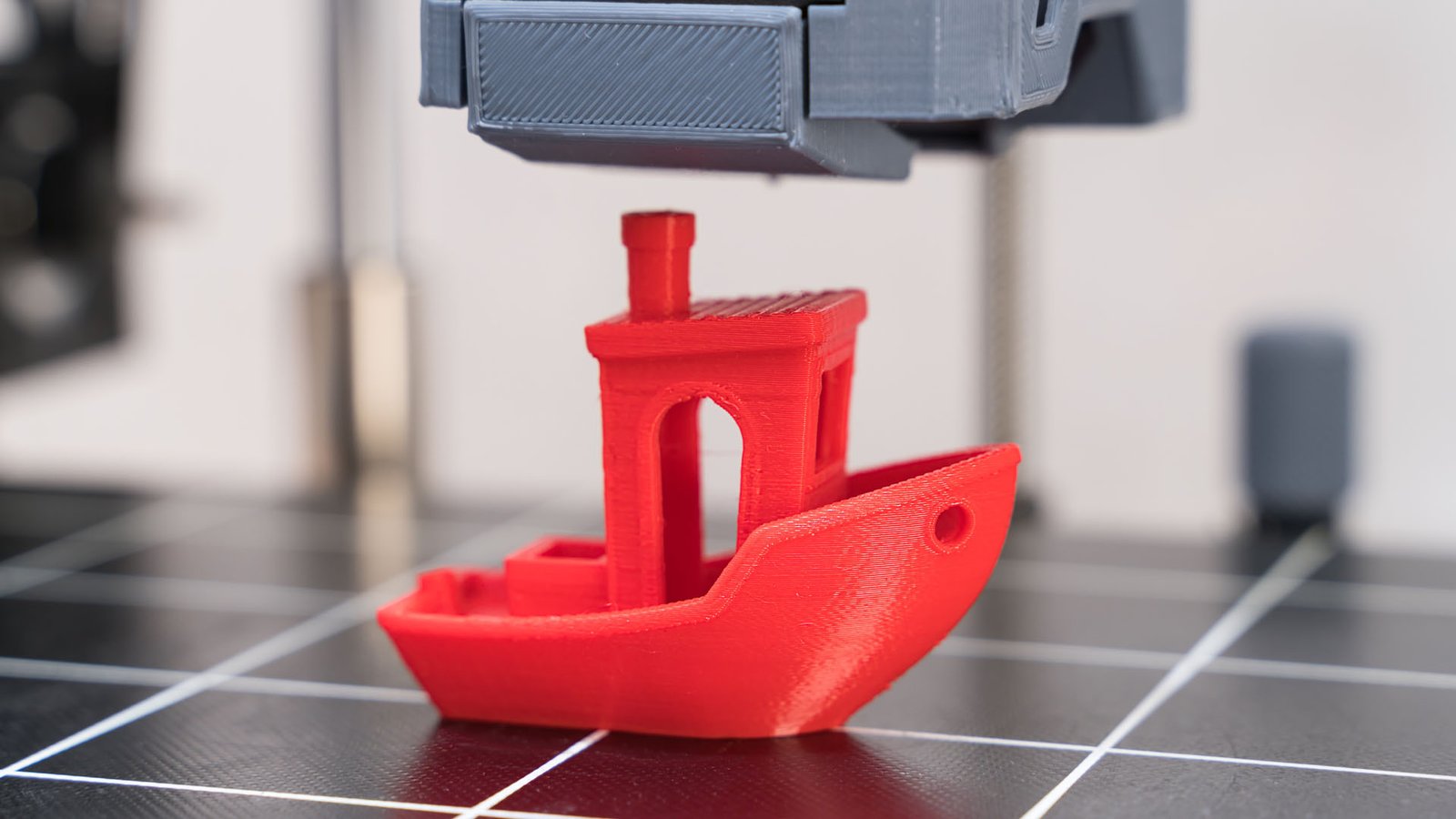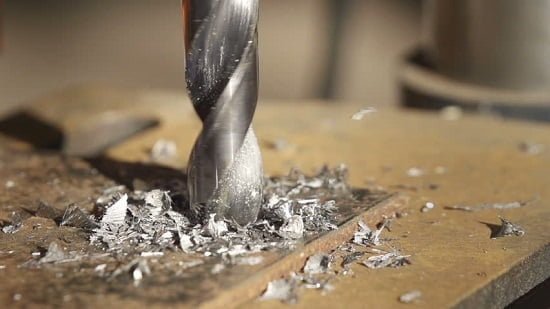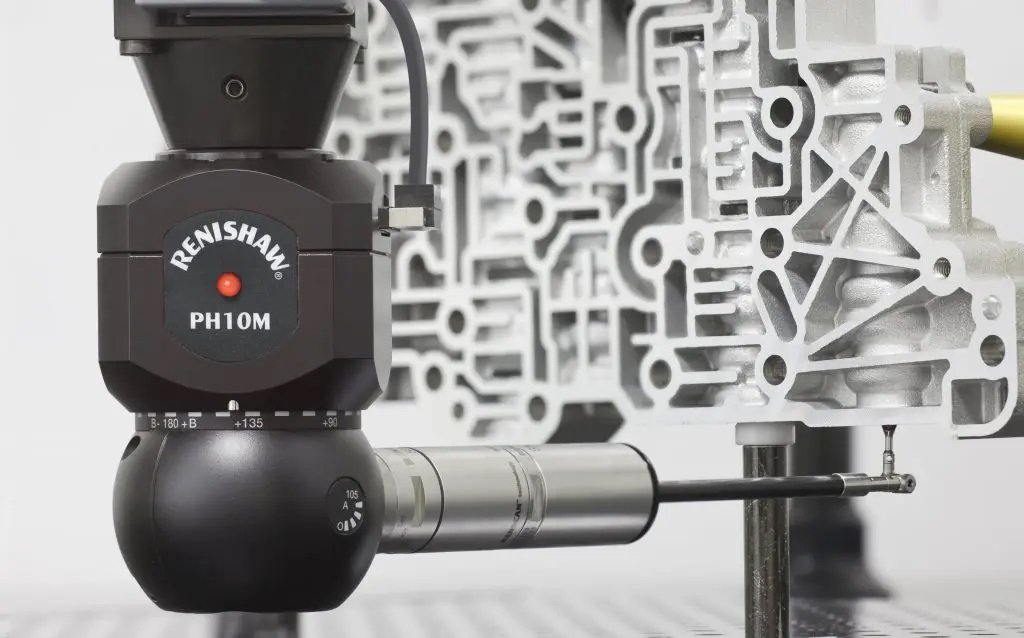what is Plasma cutting?
Plasma cutting is a metal fabrication process that employs ionized gases heated up to 20,000 degrees Celsius to melt metallic materials. The high-pressure discharge of these gases not only leads to the melting of the metal but also blows the residual materials away from the cut path. This process is only applicable to electrically conductive materials such as stainless steel, copper, aluminum, and other metals. In other words, it is incapable of cutting non-conductive materials like stone, glass, or those with weak electrical conductivity.
Plasma cutting is recognized as an advantageous method for metal fabrication (cutting) due to its cost-effectiveness, wide range of applications on different metals, high precision, and repeatability.
The history of plasma cutting dates back to 1957. Initially, this process was used as a part of the Gas Tungsten Arc Welding (GTAW) process. The primary application of plasma cutting at that time was to cut steel and aluminum materials with thicknesses ranging from half an inch to six inches. However, the electrodes and nozzles used in the process would rapidly fail due to the heat generated during cutting, leading to frequent replacements and increased costs at that time.
The development of plasma cutting can be divided into several influential periods, considering its history:
Late 1960s: During these years, the development of dual-flow torches significantly improved electrode and nozzle life, as well as the quality and precision of the cut.
1980s: This decade is recognized as a period of scientific experimentation by engineers. Notable advancements included the design of oxygen-based plasma cutters, improved cut control at various levels, and enhanced portability and ergonomics of plasma cutting units.
1990s to Present: This period saw the use of stable, oxygen-based cutters with new nozzle systems, leading to a fourfold increase in energy intensity compared to previous eras.
From the 1990s onwards, engineers have primarily focused on improving efficiency. They have also enhanced the precision of plasma cutters, now offering models capable of sharper edges and more precise cuts. Portability and automation have been other significant aspects of plasma-cutting engineering that have seen considerable improvements.
Latest Articles in your inbox
Subscribe to our newsletter to get the newest manufacturing and industrial services articles in your inbox once a week.

